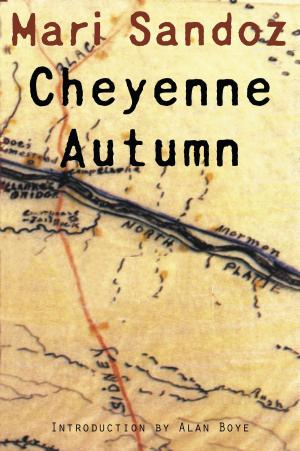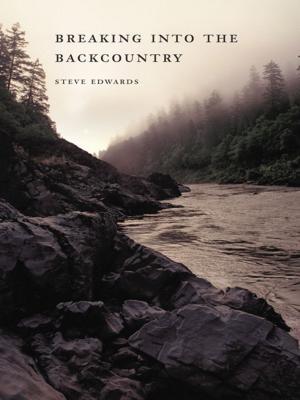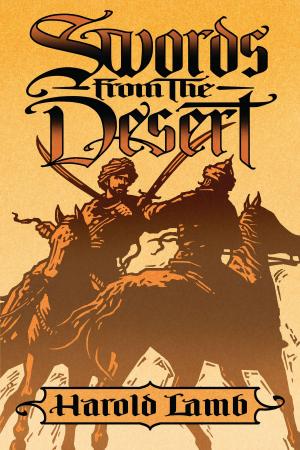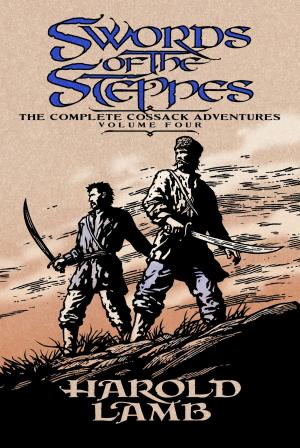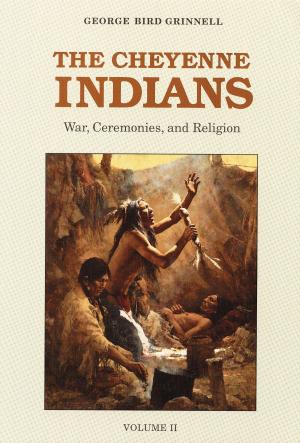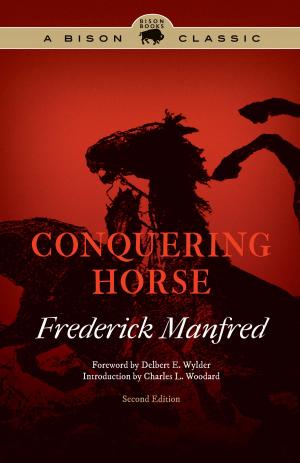Music Along the Rapidan
Civil War Soldiers, Music, and Community during Winter Quarters, Virginia
Nonfiction, Entertainment, Music, Theory & Criticism, History & Criticism, Reference, History, Americas, United States, Civil War Period (1850-1877)| Author: | James A. Davis | ISBN: | 9780803262775 |
| Publisher: | UNP - Nebraska | Publication: | July 1, 2014 |
| Imprint: | University of Nebraska Press | Language: | English |
| Author: | James A. Davis |
| ISBN: | 9780803262775 |
| Publisher: | UNP - Nebraska |
| Publication: | July 1, 2014 |
| Imprint: | University of Nebraska Press |
| Language: | English |
In December 1863, Civil War soldiers took refuge from the dismal conditions of war and weather. They made their winter quarters in the Piedmont region of central Virginia: the Union’s Army of the Potomac in Culpeper County and the Confederacy’s Army of Northern Virginia in neighboring Orange County. For the next six months the opposing soldiers eyed each other warily across the Rapidan River.
In Music Along the Rapidan James A. Davis examines the role of music in defining the social communities that emerged during this winter encampment. Music was an essential part of each soldier’s personal identity, and Davis considers how music became a means of controlling the acoustic and social cacophony of war that surrounded every soldier nearby.
Music also became a touchstone for colliding communities during the encampment—the communities of enlisted men and officers or Northerners and Southerners on the one hand and the shared communities occupied by both soldier and civilian on the other. The music enabled them to define their relationships and their environment, emotionally, socially, and audibly.
In December 1863, Civil War soldiers took refuge from the dismal conditions of war and weather. They made their winter quarters in the Piedmont region of central Virginia: the Union’s Army of the Potomac in Culpeper County and the Confederacy’s Army of Northern Virginia in neighboring Orange County. For the next six months the opposing soldiers eyed each other warily across the Rapidan River.
In Music Along the Rapidan James A. Davis examines the role of music in defining the social communities that emerged during this winter encampment. Music was an essential part of each soldier’s personal identity, and Davis considers how music became a means of controlling the acoustic and social cacophony of war that surrounded every soldier nearby.
Music also became a touchstone for colliding communities during the encampment—the communities of enlisted men and officers or Northerners and Southerners on the one hand and the shared communities occupied by both soldier and civilian on the other. The music enabled them to define their relationships and their environment, emotionally, socially, and audibly.

